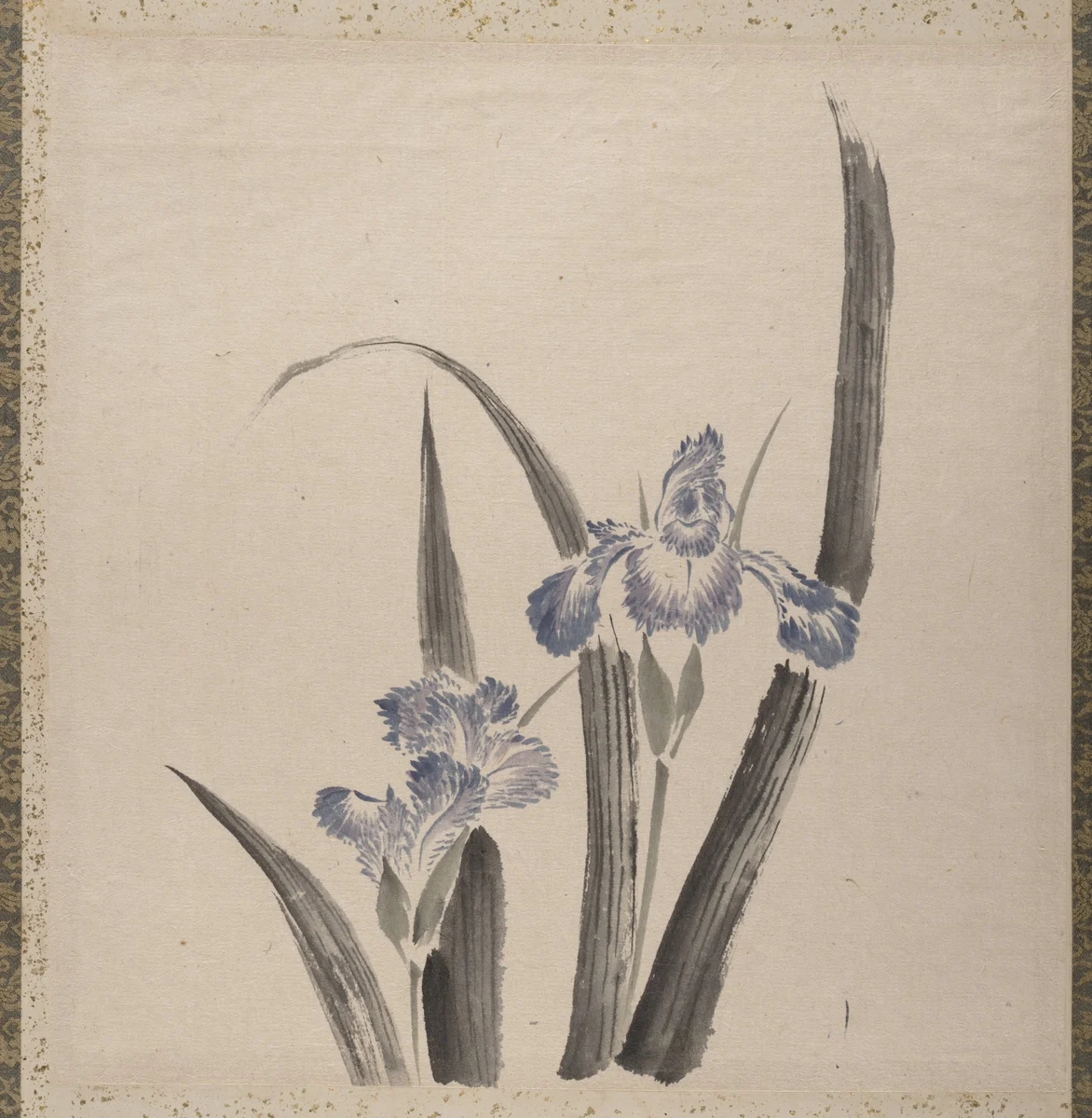A lot of us hit a wall with meditation after that initial exciting phase, even though we know it’s good for us.
What makes it so hard to stick with a simple meditation we do every day? What gets in our way, and how can we make meditation a regular part of our lives?
The instructions are so simple: relax and just be aware of what is happening in the present moment. And yet we find this challenging and humbling.
Even for people who have been meditating for over forty years, like yours truly, daily practice is not always a cakewalk.
Here are seven common rough spots, and how to move past them
Even seasoned meditators face these common challenges. They might not hit all at once, but they’re definitely part of the journey.
1. I’m too busy, I don’t have the time!
I get this a lot, and I confess I deal with this, too.
For folks juggling parenthood and jobs, it’s totally valid. But let’s be real: we’re talking about we’re talking about 10 minutes a day here to get started. A lot of us spend way more time than that just scrolling through our phones or browsing online without much purpose.
2. I can’t get comfortable.
If you are trying to sit cross-legged on the floor then, yes, it will most definitely get uncomfortable. But don’t worry, you’ve got options! You can try meditating while standing, lying down, or even just sitting upright in a firm chair. Plus, walking meditation is awesome.
3. My mind won’t stop thinking.
Ever feel like your brain just won’t quit? Trying to silence your thoughts is like trying to stop the wind – it’s not going to happen. There is even a reference in the Buddhist suttas describing the mind as a “drunken monkey bitten by a scorpion,” always jumping from one thought to the next.
You say you become hyper aware of all that mental muttering? This is just background noise and is totally normal. Someone estimated that during a 20 minute period of meditation a beginner can experience around 300 thoughts!
After years of stress and overthinking, our minds crave stimulation, not quiet. It’s not as if you can suddenly turn off your thoughts when you meditate, it just means you are like everyone else.
4. There’s too much noise.
Our world is full of sounds. We just don’t have to let them dictate our meditation. Cars going by outside? Fine. Let them go by, just don’t jump in and go for a ride.
Real quiet isn’t about what’s around you. The more you meditate, the calmer and happier your mind gets, no matter what’s going on outside.
5. I don’t see the benefit.
Consistent meditation has a ton of proven benefits, but they take a bit to show up. Some folks feel them quickly, but most of us need to stick with it daily for a few weeks.
Just trust the process and keep at it. Think of it like learning an instrument – getting good takes time.
6. I’m no good at this.
It’s almost impossible to fail at meditation. Of course, you could intentionally try to balance your checkbook in your head when the bell sounds. But let’s say you put in your best effort. You sit for 20 minutes thinking non-stop meaningless thoughts, that’s fine.
There’s no right or wrong, and there’s no special technique. Meditation is surprisingly forgiving. You don’t need a clear mind; racing thoughts are normal. There are no strict rules or complicated steps—just find what works and stick with it.
7. Do I force myself to meditate when I don’t want to?
Not good. Meditation is not about forcing the mind to be still. It’s more about letting go of resistance to whatever may arise: doubt, worry, uncertainty, feeling inadequate, the endless dramas, fear, and desire.
Every time your mind drifts into daydreaming, simply and gently, lovingly even, just come back to now, come back to this moment.
All you need to do is pay attention and be with what is.
Nothing else.
As Frank Clark observes:
If you find a path with no obstacles, it probably doesn’t lead anywhere.
With maturing practice, we can appreciate all obstacles as grist for the mill for deepening insight and freedom.
Resting in the essential mystery of what is, with no expectations, no overlays, an uncanny wonder and amazement reveal themselves if you are patient.























